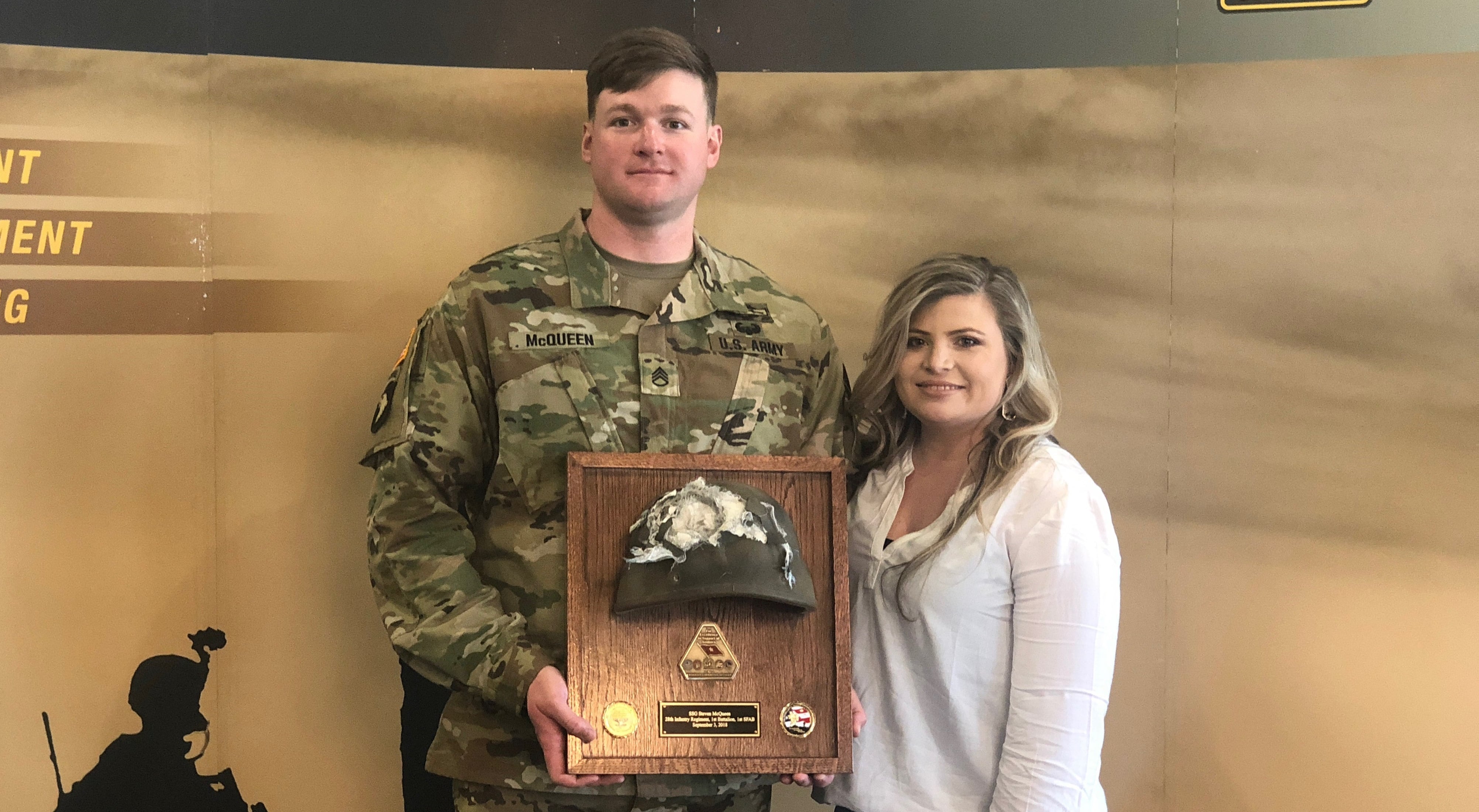Special operators will soon sport a new helmet, designed to provide ballistic protection and accommodate the newest hearing protection and head-mounted communications devices.
U.S. Special Operations Command recently awarded a $95 million contract to Gentex, which oversees Ops-Core, maker of the helmet, according to the government website fbo.gov.
That sticks with the ongoing use of “high cut” helmets that allow for a wider range of communications and hearing protection devices that are commonly used in special operations units such as Marine Special Operations Command.
The contract calls for anywhere from $150,000 to $95 million worth of helmets but doesn’t distinguish the quantity that SOCOM is seeking. Online pricing shows individual helmets on the retail market costing about $1,400 each without optional accessories.
Officials expect production to finish by 2024.
The Army’s currently issued Advanced Combat Helmet has a mid-cut, the same as the design used for many of the Enhanced Combat Helmets, also made by Gentex.
RELATED

In March, soldiers with the Army’s 3rd Brigade Combat Team, 82nd Airborne Division fielded the Army’s newest body armor and helmet design.
That helmet is known as the Integrated Head Protection System. The IHPS allows users to add a mandible, visor and “applique” for an extra layer of protection.
The IHPS also has one hole in its shell for attachments instead of the five in the ECH, which means it offers better ballistic protection.
The remaining hole is for the optic, but developers are also working on designs to eliminate the final hole, officials told Army Times.
The Marine Corps last year began an evaluation of a new helmet for its personnel and was looking at possibly adopting either the mid-cut Enhanced Combat Helmet or the high-cut Ops-Core helmet, which was already in use with MARSOC at the time.
Maj. Ken Kunze told Military Times in an email that the helmet they are evaluating is different from the one recently purchased by SOCOM. In August, the helmets they’re evaluating will be used during a Marine Corps Warfighting Lab experiment.
“All of these evaluations will help us better understand the trade-offs for various shapes of helmets which will inform future helmet requirements,” Kunze wrote.
Marine Corps Systems Command conducted research and development by taking 92 mid-cut and 109 mid- and high-cut ECH helmets for the evaluation.
“The Marine Corps is buying a small quantity of mid cut and high cut helmets to conduct ballistic testing and limited user evaluations to develop a better understanding of the trade-offs between ballistic protection, situational awareness, and hearing system integration,” Barbara Hamby, a spokeswoman for SYSCOM, told Marine Corps Times at the time.
The helmets include a rail mount system for items such as flashlights or strobes. The high-cut configuration accommodates the use of large hearing protection and communication headsets such as the Peltors commonly sported by MARSOC.
The Corps announced last September that it planned to purchase between 7,000 and 65,000 Peltor-type headsets in the coming years.
Marine Raiders have used Peltor headsets for several years. The equipment provides hearing protection and enhanced situational awareness on the battlefield.
“The new headset we want to acquire will allow Marines to wear hearing protection, yet still provide the opportunity to communicate and understand what is going on around them,” Steven Fontenot, project officer for Hearing, Eye Protection and Loadbearing Equipment at MARCORSYSCOM, said in a release last year.
The Corps carried out some field testing on potential Peltor headsets. Early last year, MARCORSYSOM issued about 220 headsets to infantry, artillery, reconnaissance and combat engineer Marines for a user evaluation, according to a release. Reconnaissance Marines tested the headsets in cold weather conditions in Norway.
Although Peltor-made headsets have been in use for some time, SOCOM selected Gentex for their newest headset buy as well.
Todd South has written about crime, courts, government and the military for multiple publications since 2004 and was named a 2014 Pulitzer finalist for a co-written project on witness intimidation. Todd is a Marine veteran of the Iraq War.




